Torchlight: Infinite
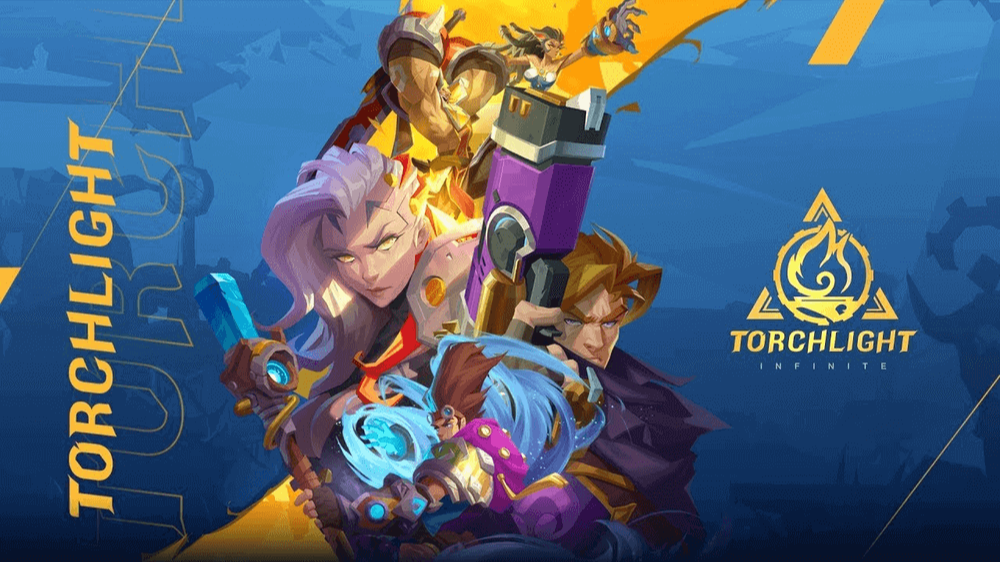
Torchlight: Infinite - A casual competitor to Path of Exile?
Many things in our lives work on a domino principle. The first Diabloid bone shook in 1996, with the release of Diablo. Seventeen years later the second big bone fell, Path of Exile, which not only redefined the seemingly unshakable canons of the genre. Path of Exile did away with the usual branch of skills and concrete binding to the classes; if before when playing the Warrior we could choose only three ways of the hero's logic development, now the Barbarian - a synonym of the Warrior in the Path of Exile universe - could become a summoning wizard, a tank, or some version of the robber with more emphasis on health than on evasion.
The idea of the character constructor suited Diabloids very well, which the cunning developers did not hesitate to take advantage of. After all, dyabloids were the most amenable to monetization: thousands of items - and you can put a price tag on all of them. From a harmless inventory expansion that only came in handy after months of play, to a mock manipulative scheme of scrolling item affixes, everything was for sale. As of late, every Diablo clone has its own invisible price tag. So what's Torchlight: Infinite worth? Isn't it cheap?
How to stand out from the crowd? What for?
Torchlight series has been around since 2009. Loved the game for the fact that it worked with people from Blizzard - the creators of Diablo I and Diablo II. Torchlight actively exploited the ideas of the founder of the genre, but avoided controversial moments of Diablo III.
Torchlight: Infinite, on the other hand, has nothing in common with previous games in the series other than the name. Torchlight: Infinite fell out of favor for departing from the canon - it is a completely different project for a different target audience. Torchlight has become a multiplatform ARPG like Undecember. A detailed analysis of the differences of these projects is about the size of a doctoral dissertation, so I will compress the whole point into one sentence: Torchlight: Infinite is a 95% Path of Exile clone, 3% of Undecember and 2% of the author's vision of the genre.
Simplifying everything
Torchlight: Infinite does not even try to say a new word in the genre, all efforts of this game are aimed at usability:

So, for example, Torchlight: Infinite initially narrows the control to 4 buttons. The emphasis on the casual player is best seen on the example of nuances, take the mechanics of treatment and compare: in hardcore Diablo II the character was treated with vials of life-giving potion, which was hung on the belt. The belt was extremely limited and did not allow for spamming potions. If you ran out of health vials on your belt, you had to open your inventory and insert them into the shortcut panel icons. At the same time, the protagonist could be hoofed by twenty devils...and that's just a health restoration potion, while all abilities require mana, without it any hero turns into an ordinary mob...
In Path of Exile you don't have to carry dozens of jars in your already small inventory. You only need to kill monsters, and they will fill up on their own. Torchlight: Infinite went even further: now you can heal and restore the mana at the touch of a button with a tiny overcharge. Simplification is the main trend of Torchlight: Infinite, and the simplicity of gameplay and mechanics is bet on.
Everything that can scare off an inexperienced player has gone under the knife. Remember that stupor when you first open the passive skills tree in Path of Exile? A thousand passive skills, intertwined with each other and giving the special combination - you pressed the wrong button, pumped the wrong thing, and now you have to try and figure out how to fix it. Torchlight: Infinite analog to the terrible tree of passive skills are talents:
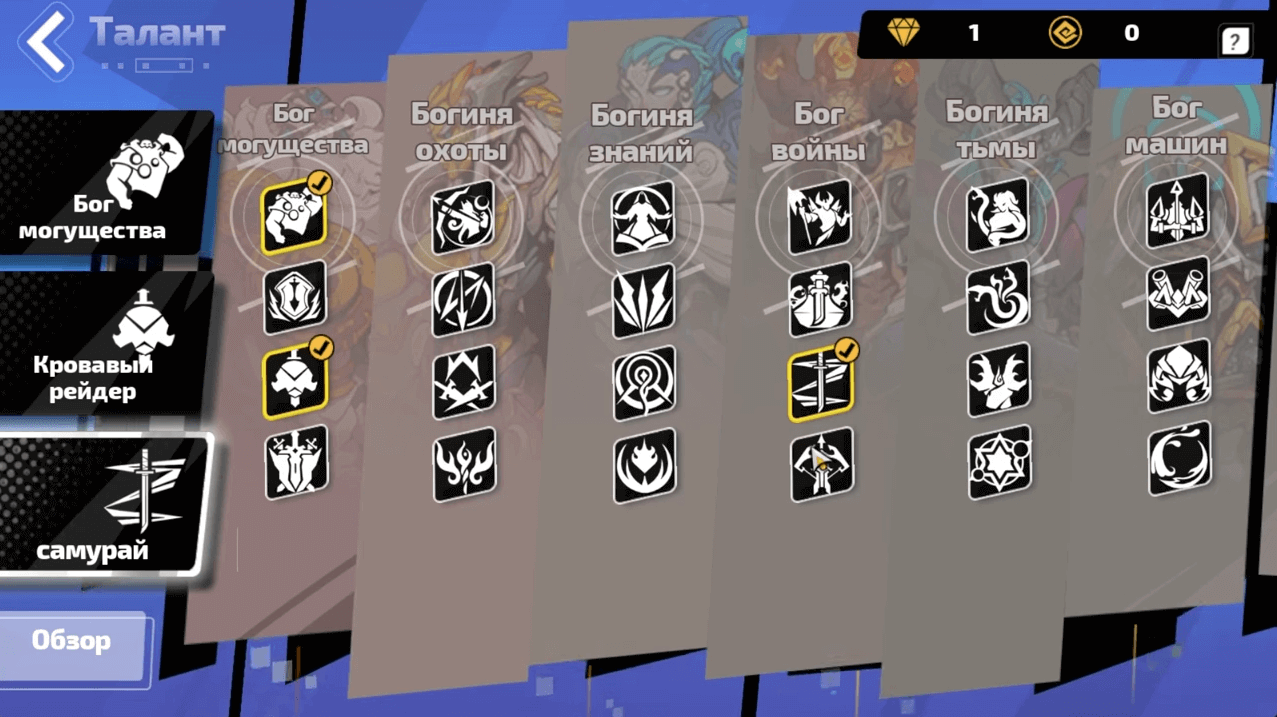
These talents are strictly divided into 5 typical classes and 3 typical archetypes. If you have a minimal understanding of roleplaying, you'll figure it out quickly. It's logical that the summoner doesn't need the extra melee damage of the fire element. But the main thing is that you can reset talents for free as many times as you want up to level 75 of character progression.
Casualness is even in the character selection menu. Torchlight: Infinite is often compared to Path of Exile, and for good reason. Almost every element lends itself to comparison, even character selection. In Path of Exile we were presented with a choice of 7 classes with non-obvious differences. How can I easily understand the differences between the Duelist and the Bandit, when they are both obviously described by the nickname "Bandit"? Now let's take a look at the characters in Torchlight: Infinite:
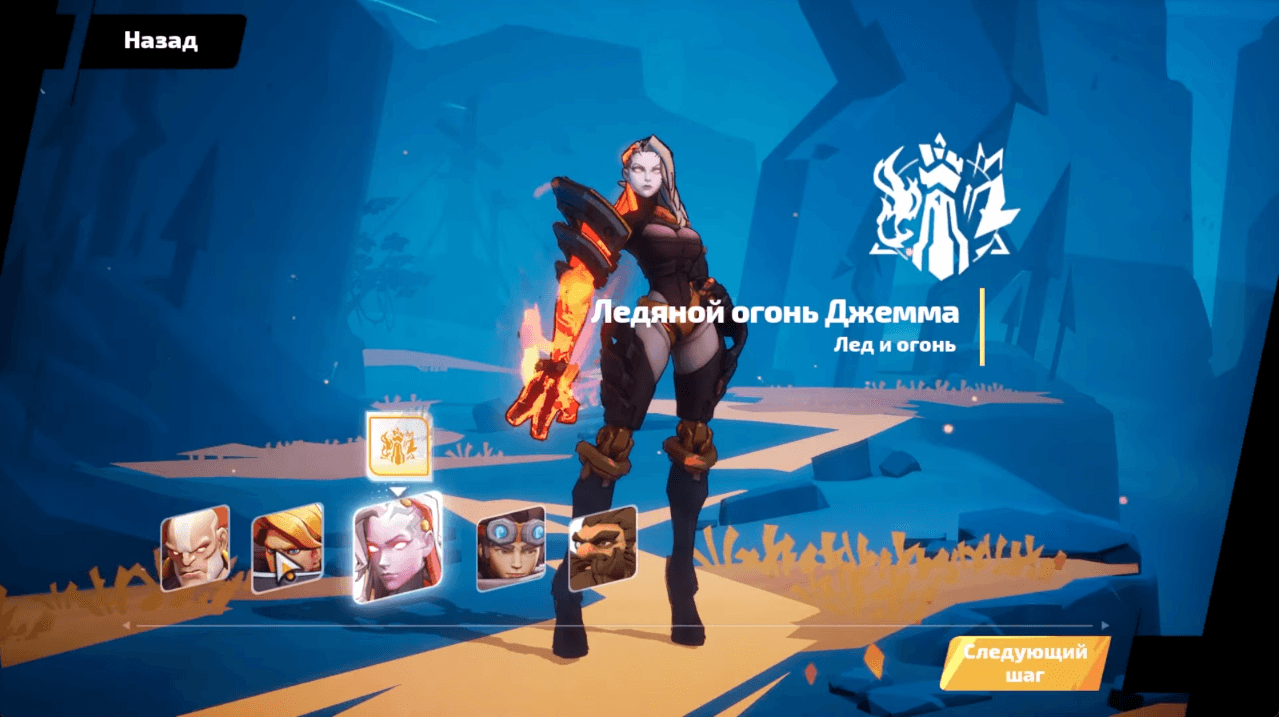
The purpose of the characters is hinted at not only by their appearance, but also by a small annotation. The design of the characters even in the icons gives an initial insight into the future experience. The hardest part is doing something stupid and ruining your character. Even the inventory interface sorts the loot for you: armor and weapons, active abilities and resources lie apart, management is kept to a minimum. What are we talking about when items can be blocked for spraying resources?
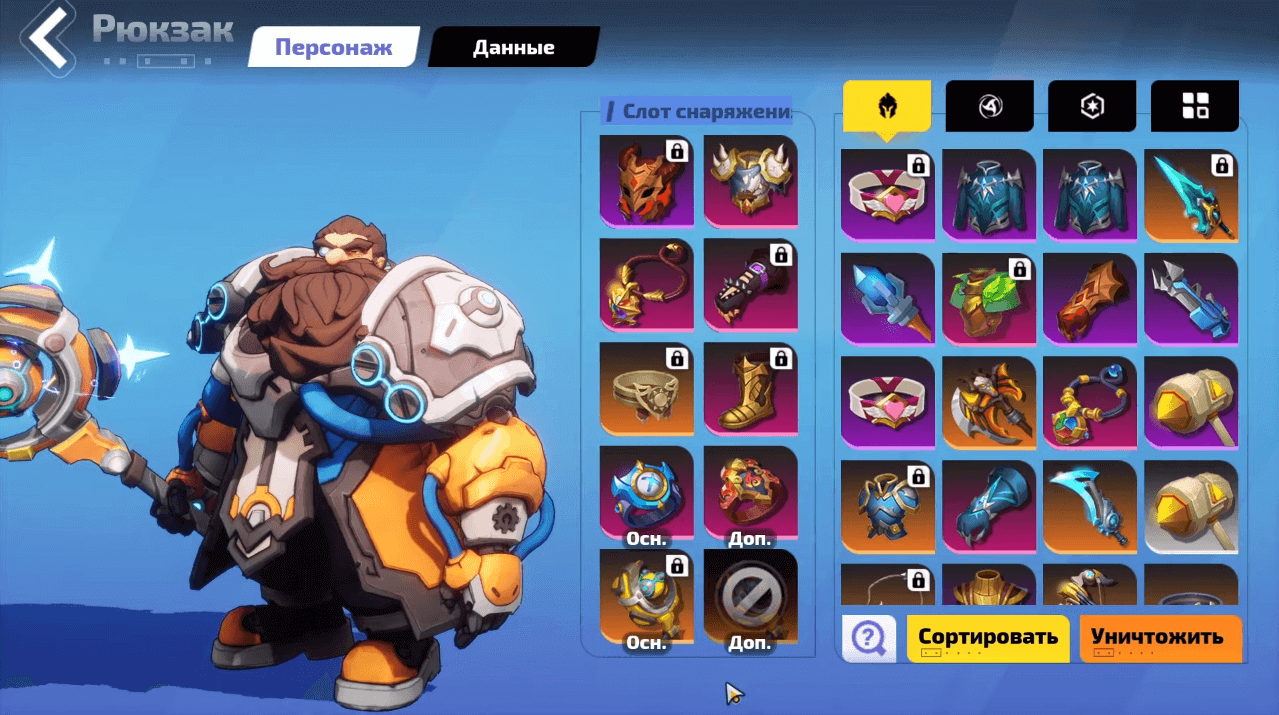
But the question remains: how to progress in this game?
Everything has already been done for you, relax
We start the game with one skill, the rest of the skills we will have to buy for in-game currency later. There are a lot of skills, but all of them are intuitive, there is no "Mysterious Sorrow" or "Burning Hatred of Tutankhamun", just one-syllable names that even a schoolboy can understand:
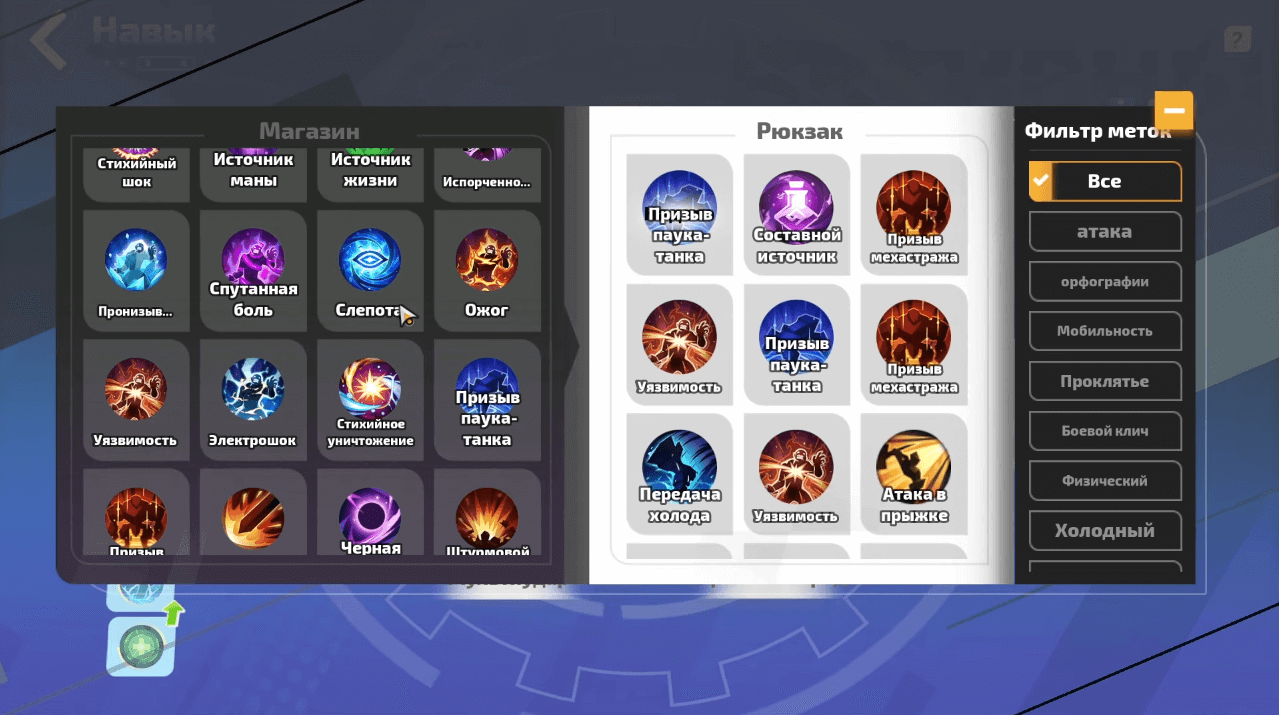
All the skills are already sorted for you for the sake of ease of perception. What could be easier? Only their application.
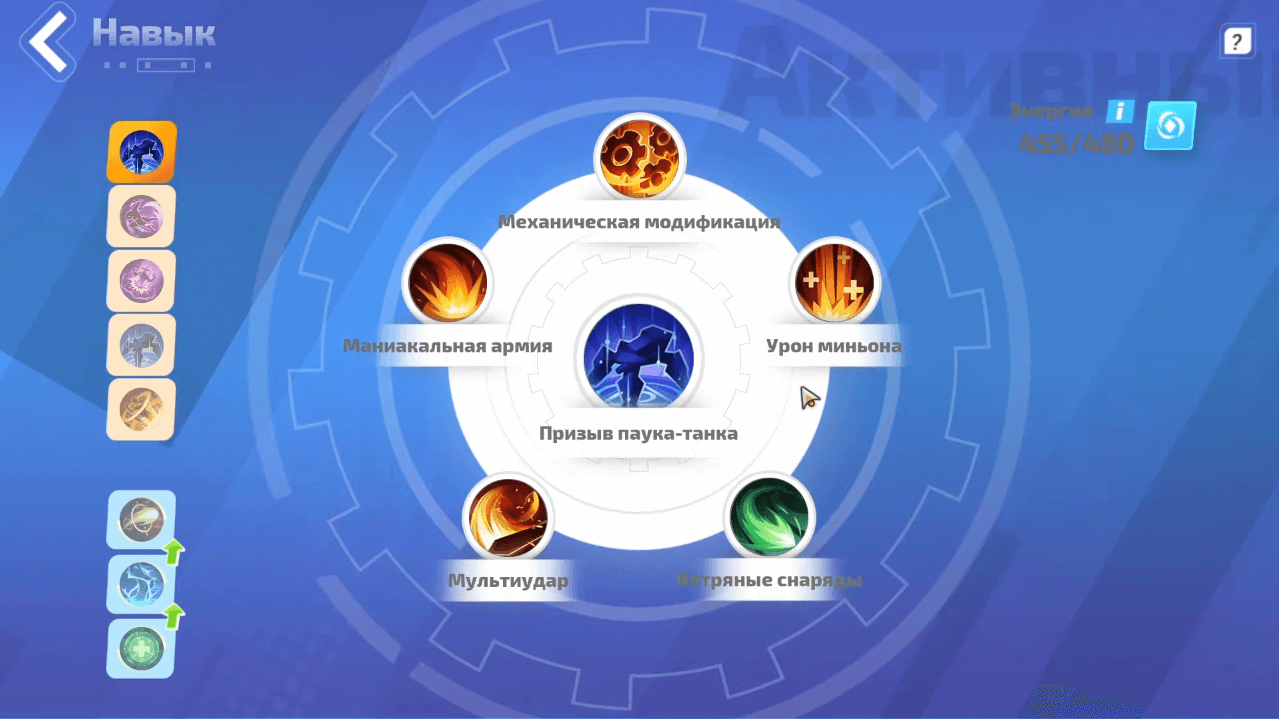
You can use 5 active skills and 3 passive skills at the same time. Combine one skill with 5 skills without binding to colors, elements, etc. - This is a spit in the face Undecember, where skills were inserted in the likeness of a hornet's honeycomb and combined by slots, colors and location.
But as if this simplification was not enough, the developers have also allowed at any time directly in the game to trace the meter, see the rating of the abilities of the players and even completely copy their builds:
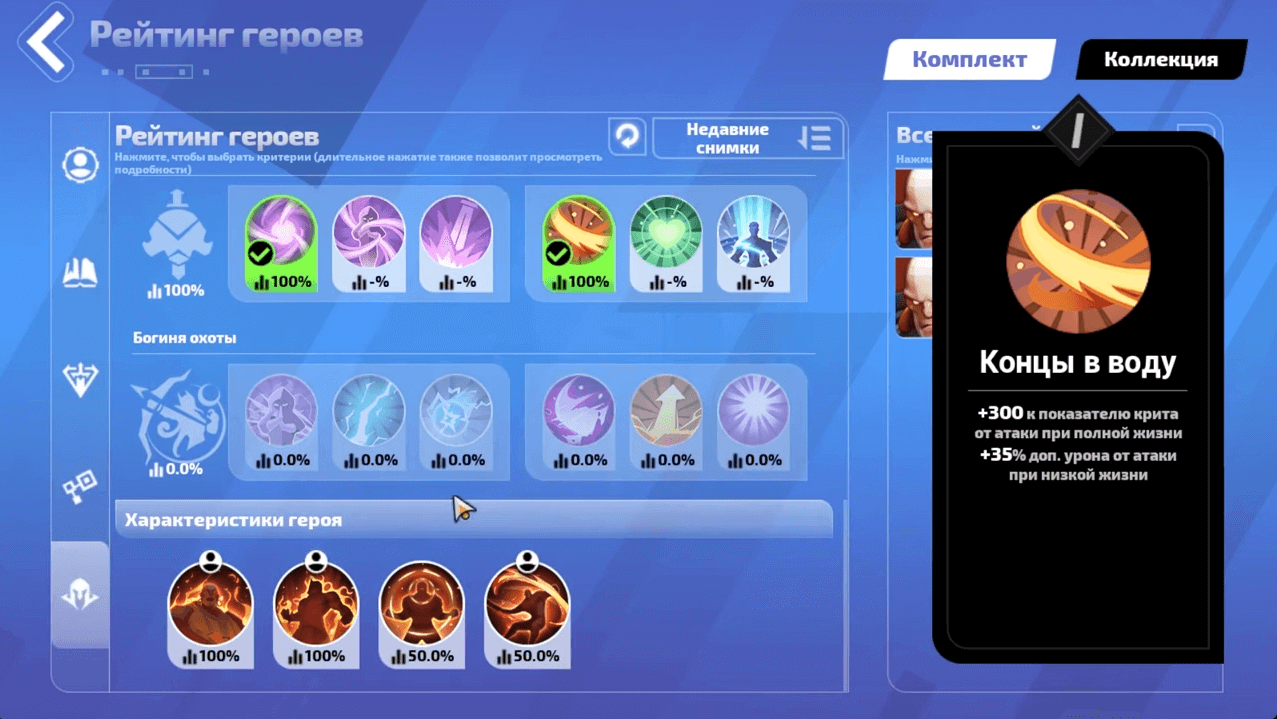
Surprisingly, in these circumstances, there is no autobatler in the game, put the game on autopilot can not. The solution is very good, because the role of the player would be reduced to solid sorting items and resources, but...
...there aren't that many resources in the game. While in other Diabloids the scrolls alone are at least two kinds. In Torchlight: Infinite, even in resources and consumables, it's impossible to get confused. Repurposing items and shuffling affixes is also elementary:

The game is so intuitive that when you find out there is an auction, you can't help but wonder. Unfortunately, at the start, the auction came out complicated, disordered, and a little broken. Whatever the future holds, the residue remains.
A small game with typical filler after the story campaign
The Torchlight: Infinite campaign has no difficulty thresholds and is completed without any guides or hints. It will take you about 12 hours to complete. And these twelve hours will fly by unnoticed. None of the bosses does not drive you into a stupor, does not make you understand the inferiority of your character, and certainly does not force you to donate money.
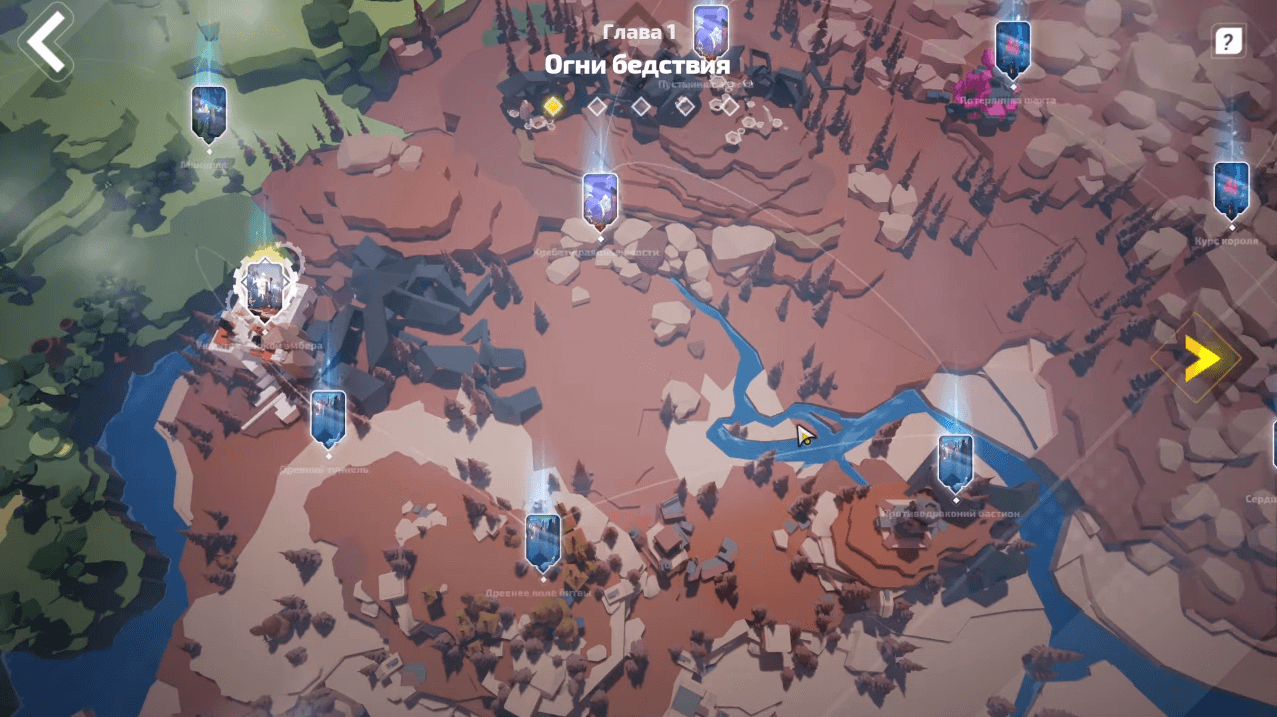
The game is divided into acts, acts into corridor locations. Getting lost in the woods on a translucent mini-map is not about Torchlight: Infinite. Remember: everything in this game is aimed at making sure you don't get stuck on too high of a difficulty threshold.
Even at the end of the storyline campaign you will face a fairly regular sweep of the locations, only there the mobs will be stronger. But even in the local Great Portals you won't find anything too difficult, the difficulty grows linearly, and after death you lose nothing:
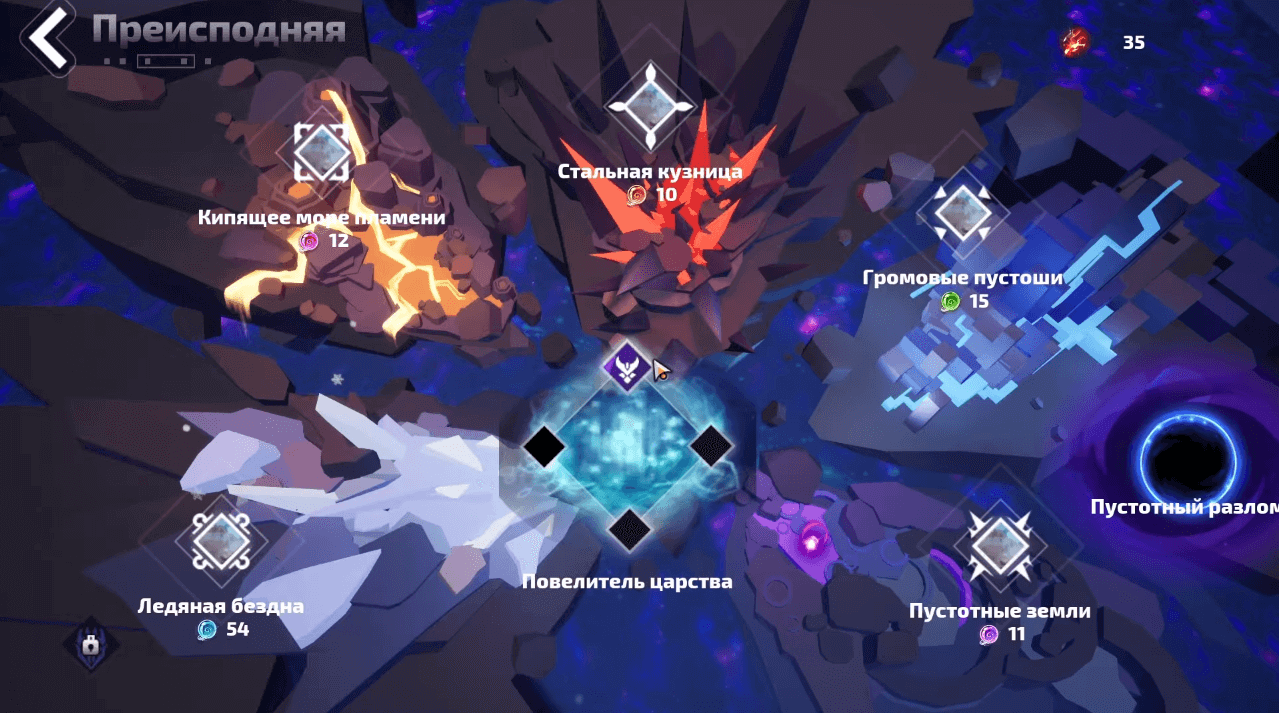
After all you've seen, you can't help but wonder, "if the game is so simple, how do you get the player to pay for it?
The question of donation in the conditional free-to-play games is always a question, but in the case of Torchlight: Infinite it is especially ambiguous. Doughnut is present in the game, but at the time of writing it is very sparing. You can only buy cosmetics, unlock characters faster and...that's it. However, the situation may change at any time, we should not rely on the decency of the developers. It's not about the developers of Torchlight: Infinite itself. The thing is that at any moment the mousetrap can slam, and maybe there is no mousetrap at all...
Conclusion
Torchlight: Infinite is the easiest Diablo clone to master. The game is distributed on Free-to-Play model, so it can serve as a good analog of Path of Exile for unobtrusive leisure. There are few technical shortcomings in the game. Low difficulty and specific stylistics are the main problems with the game. You will not find any adequate challange.
